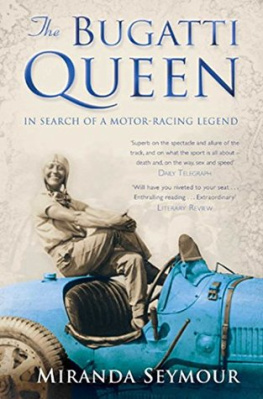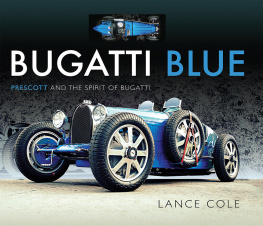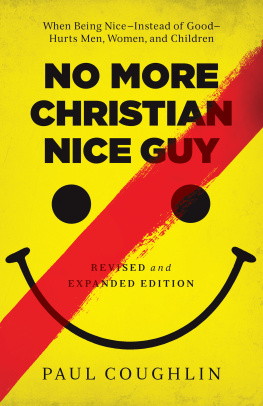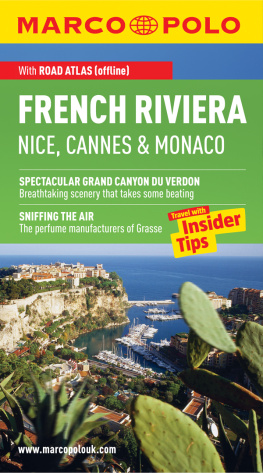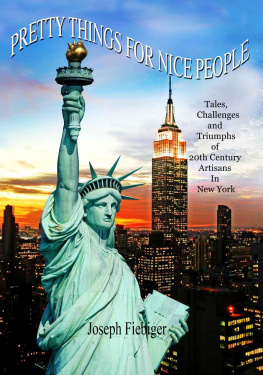Seymours account is that of a scholar and a novelist, eye-opening as to fact, both thrilling and poignant in evocation. It also has the best illustrations the most eloquent, apt and abundant of any biography I have read
A LAN H OLLINGHURST , Guardian
In writing this enthralling book, Miss Seymour has given the forgotten championne du monde automobile the tribute she has so long deserved
The Economist
Miranda Seymour [has] proved both dogged and fortunate in pursuit of Hells own dispersed collection of cuttings and memorabilia... Sometimes it seems that fame looks after its own, but here is a very well-told tale that shows us otherwise
R USSELL D AVIES , Sunday Telegraph
The Bugatti Queen offers a gripping account of motor racing in Europe and America in the Thirties. It also has the charm and fascination of a fairy tale, being the story of a country bumpkin who transformed herself into a glamorous and much-courted star... Her downfall was shocking and irrevocable, and Seymours account of her final years is as compelling as the history of her triumphs... The quality of the writing is, indeed, one of the great pleasures of the book, as is Seymours well-informed commentary on a wide variety of related matters. She presents a dazzling portrait of the racing scene and its wealthy patrons and enthusiasts... There is no doubt that Hlne Delangle would have been proud to have her story so eloquently and sympathetically retold
P AMELA N ORRIS , Literary Review
This engaging memoir brings alive the energy, excitement and viciousness of the racing circuit, and Hells constant struggle to remain part of a world dominated by rich men
Observer
What a life! Hlne Delangle was not just the best woman racing driver in Europe between the wars, she was a life-force, exuberant and irrepressible... [Miranda Seymour] scrupulously documents the speculative passages, while creating a narrative which captures the helter-skelter gaiety of Hlnes career... It has taken an English biographer to rescue Hlne from the footnotes. Less famous lives are often more engrossing than big biographies, and this one feels like an act of restitution. I shall miss her, writes Miranda Seymour. So will her readers
C HRISTOPHER H UDSON , Daily Mail
Motor sport might be a mans world nowadays, but it wasnt always so, as this beautifully written account of the 1920s racing legend Hlne Delangle proves
Glamour
This is biographical gold dust, and Miranda Seymour [is] perfectly qualified to sweep it all together nicely. There is a minimum of dreary petrolhead statistics, and a maximum of memorable little trackside nuggets... Seymour also walks a delicate tightrope between the horrors and the wonders of racing
H ARRY M OUNT , Times Literary Supplement
Miranda Seymour re-establishes [Helle Nice] as an alluring, charismatic woman and a gifted racer
Metro
Reads like a detective story... The use of background detail throughout Miranda Seymours book is superb, highlighting the skill of a brilliant biographer... This model biography will ensure that her extraordinary life will not be forgotten
L UCINDA B YATT , Scotland on Sunday
Completely detailed... The amount of research carried out by Seymour was clearly tremendous... For anyone who needs to know more about Hell Nice, here is the book... A good read, and not only for motor-racing folk
Motorsport
First published in Great Britain by Simon & Schuster UK Ltd, 2005
This ebook edition published by Simon & Schuster UK Ltd, 2015
A CBS company
Copyright 2005 by Miranda Seymour
This book is copyright under the Berne Convention.
No reproduction without permission.
All rights reserved.
The right of Miranda Seymour to be identified as the author of this work has been asserted by her in accordance with sections 77 and 78 of the Copyright, Designs and Patents Act, 1988.
Simon & Schuster UK Ltd
1st Floor
222 Grays Inn Road
London WC1X 8HB
www.simonandschuster.co.uk
Simon & Schuster Australia,
Sydney
www.simonsays.co.uk
A CIP catalogue record for this book is available from the British Library
Paperback ISBN: 978-0-7434-7859-2
ebook ISBN: 978-1-47114-970-2
Typeset by M Rules
To my mother,
with love and admiration
The thing I like best in the world is adventure
Hell Nice
CONTENTS
INTRODUCTION
A collection of photographs spreads across my desk this morning. Three are of places. Three show an attractive woman with a film stars sense of how to make her face speak to a camera. One is of a car crash.
Places first. 1900. A sepia-tinted postcard shows what is plainly intended to be a typical everyday scene of the time in Aunay-sous-Auneau, a tiny village forty miles west of Paris. Three women stand in the road, hands on hips, thickly stockinged legs set well apart. Aunays local historian, Raymond Barenton, wants me to look, not at the gossiping ladies, but at the building behind them. Small, low and shabby, this is the house in which Hell Nice (Hlne Delangle) was born in 1900, although 1905 was her preferred year of birth. Peering closer at the card and using a magnifying glass, I can make out the words Postes et Tlgraphes on the wall of the drab little rectangle. Not a cheerful home in which to start a glorious career.
Place Two is the Villa des Agaves, Hlnes home on the Cte dAzur in 1937. A white house, up-to-the-minute in its curvaceous design, it juts out from the side of a cliff above Beaulieu-sur-mer, looking down on the elegant spit of Cap Ferrat. The Villa des Agaves stands near the summit of the climbing, serpentine route of boulevard Edward VII, where neighbours in Hlnes heyday included a handful of European royals and a gang of sports stars. Below, almost overlooked from the terrace of the main bedroom, lies the magnificent Villa Tunis, bought by Hlnes patron Ettore Bugatti from Jean-Pierre Wimille, one of his most successful drivers. Bugattis thirty-year-old marriage to a Milanese opera singer was in bad shape by the mid-thirties; the Villa Tunis was bought as a bolthole, a seaside palace just made for a man who collected houses as easily as carriages and racehorses.
Place Three jumps forward almost fifty years. This house lies at the back of the port in old Nice, an area where the tobacco-workers used to rent rooms in the thirties. The handful of streets separating rue Edouard Scoffier from the mountains behind the town are shady and mean. Opposite the tatty faade behind which Hlnes life leaked away in obscurity, a garage keeps itself in business by respraying trucks. This was the house where she lived on charity, although not the landlords, for almost twenty years. In 1984, she died in a public ward at the local hospital. Among her few possessions were two large, stained boxes full of old newspaper cuttings, letters and photographs. The landlord, impatient to clean the place up and relet, sent them off as rubbish. Her trophy cups and her treasured book of stamps, collected over seventy years, were either sold or given away.
So much for places: now for personalities. The first of the second clutch of photographs shows a gorgeous young woman with no clothes on, laughing, and raising her arms to capture a fluttering white dove. It isnt indicated exactly where she is performing, but it clearly isnt the town hall of Aunay. She is probably in her early twenties; she has a glow on her skin that makes you want to reach out and touch her.
The next photograph shows the same young woman, but in a startlingly different pose. Here, she is sitting at the wheel of what, as I have learned to appreciate, is the supercharged version of the worlds most beautiful sports car, Ettore Bugattis model 35. She is wearing white overalls and a cloth helmet hides her blonde curls.Her smile has a nervousness which is rare in her photographs. You cant tell the time of day (other evidence shows that it is early on a December morning in 1929). The weather forecast is bad: the men lined up like a row of Chicago heavies behind the car are shrouded in waterproofs. The smallest of them, looking anxiously at the car, must be her mechanic, Joseph Cecci, to whom she has inscribed the photograph in her bold looping writing.
Next page
